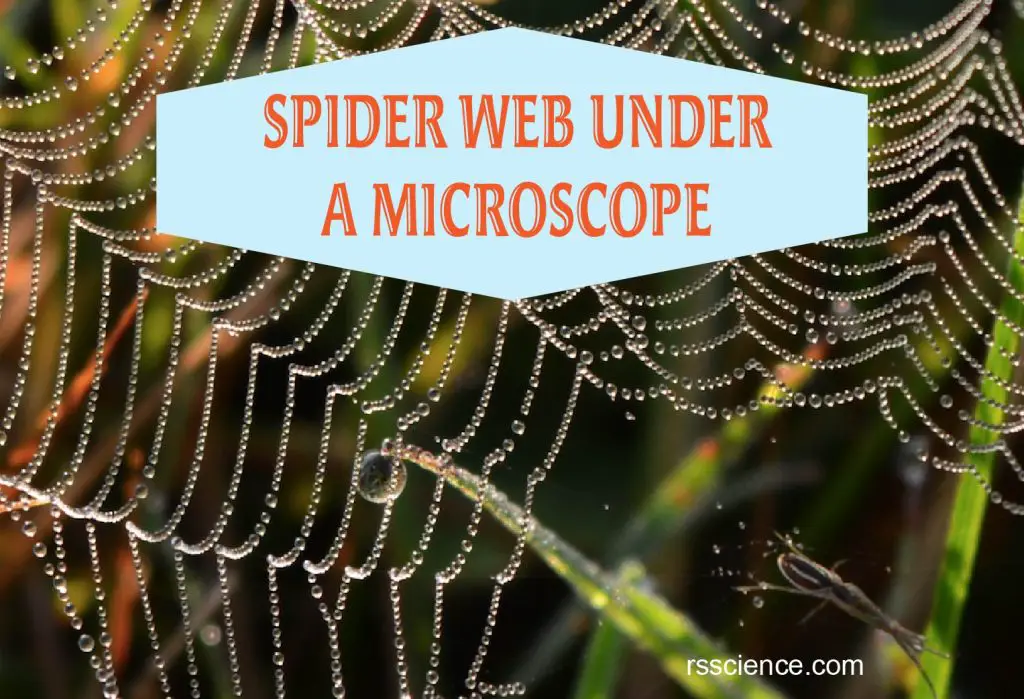This article covers
The amazing strength of spider silk: nature’s toughest material
Have you ever seen him swing through the city on those silky webs? Just imagine it – gliding through the concrete jungle, zipping past skyscrapers and dodging bad guys with ease. It’s no surprise Spider-Man is the most beloved superhero of all time.
Spiders might not be the most popular pets out there, but don’t let their creepy-crawly image fool you. These tiny eight-legged creatures are seriously impressive. Why? Because their silk is one of the toughest materials on Earth. It’s incredibly stretchy and resilient, making it better than any man-made fibers. In fact, spider silk is so strong and extensible that it could theoretically stop a speeding train and span across rivers in tropical rainforests. Pretty wild, right?
But that’s not all – spiders don’t just make one, not two, but seven different kinds of silk! These natural-born engineers use each type of silk for a specific purpose, from constructing webs to wrapping prey. It’s like having their own custom toolkit, with the perfect thread for every task.
So next time you’re sweeping cobwebs out of the corners, take a moment to appreciate our eight-legged engineers. Then grab your microscope – you’re about to dive into the fascinating world of spider silk!
Are spiders insects?
Nope – spiders aren’t insects, but they are cousins in evolution. The term “Spider” refers to all eight-legged creatures belonging to the Araneae order.
Spiders and insects are both part of the Arthropoda phylum, a broad category that includes creatures with exoskeletons, segmented bodies, and jointed limbs – like insects, crabs, and shrimp. However, spiders are classified under the Arachnida class, which also includes scorpions, ticks, and mites. In contrast, insects fall under the Insecta class.
So how can you tell the difference?
Spiders have:
- Eight legs (not six like insects)
- A cephalothorax (fused head and chest)
- No wings or antennae

[In this image] The difference between spiders and insects.
Spiders are often confused with insects, but they are actually arachnids. Spiders have eight legs attached to the cephalothorax (fused head and chest parts). Unlike insects, spiders do not have wings or antennae.
Scientific classification of spiders
Kingdom: Animalia
Phylum: Arthropoda
Subphylum: Chelicerata
Class: Arachnida
Clade: Tetrapulmonata
Order: Araneae
The anatomy of spiders
Spiders have a unique body plan that is well-adapted to their role as predators. Spiders have two main body parts (or two segments) – the cephalothorax and the abdomen. The cephalothorax is the anterior (the front) portion of the body that contains the head and thorax, while the abdomen is the posterior (the back) portion of the body that contains the digestive, reproductive, and respiratory organs. These two parts are connected by a thin stalk called the pedicel.
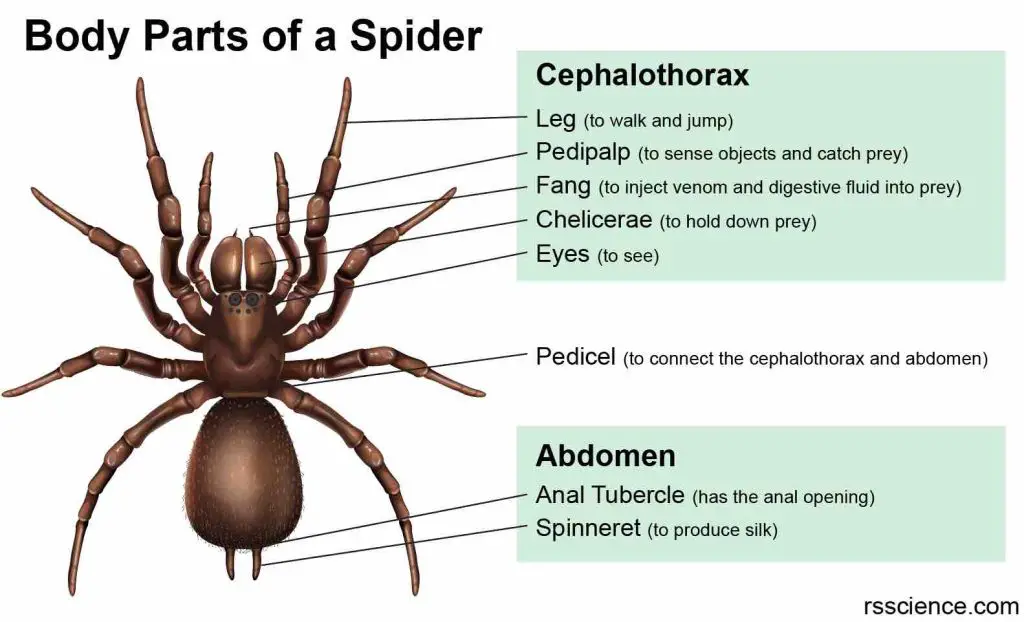
[In this image] The anatomy of a spider with its body parts labeled.
Seven types of spider silk and their functions
All spiders are capable of spinning silk, whether they use it to build webs, capture prey, or create egg sacs. Do you know that spiders have seven types of silk glands that produce different types of silk used for specific purposes? Each type of silk serves a unique function.
1. Web
Spiders use adhesive silk to build webs that trap their prey. This sticky silk is designed to be flexible and prevent the prey from bouncing off the web.

[In this image] A net-casting spider is building a suspended web between their front legs.
Image source: The Harvard Gazette
2. Swathing silk
Spiders use swathing silk to wrap and immobilize their prey, making it easier to inject digestive enzymes and feed on it.

[In this image] A black and yellow garden spider is turning her prey around and around as she produces a sheet of silk in which she wraps it.
Image source: Naturally curious with Mary Holland
3. Draglines
Spiders use draglines to anchor themselves to the web for safety in case of a fall, and to form the non-sticky spokes of their webs. This type of silk is the strongest because it must support the spider’s weight.
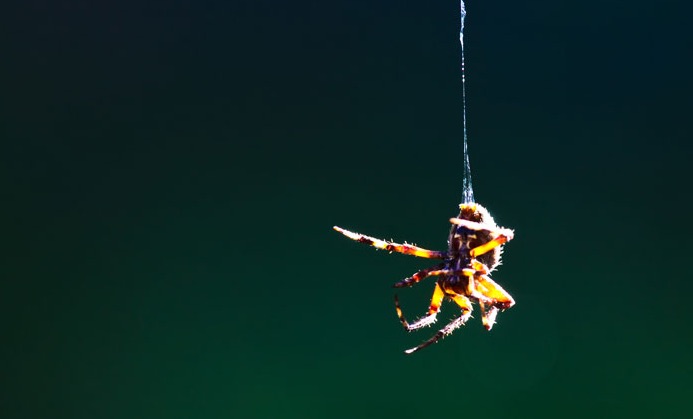
[In this image] The draglines that spiders dangle from are one of the toughest materials known.
Image source: ScienceNews
4. Parachuting or ballooning
Some young or smaller spiders use their silk to help them travel around by floating in the air – this is called “ballooning”. They release fine silk threads that catch the wind, allowing them to drift to new locations – like tiny parachutes carrying them to their next home.

[In this image] A spider shoots out threads to catch the wind, hoping to take flight.
Image source: NewScientist
5. Shelters
Some spiders use silk to build shelters, such as burrows and nests, providing protection from predators and the environment.
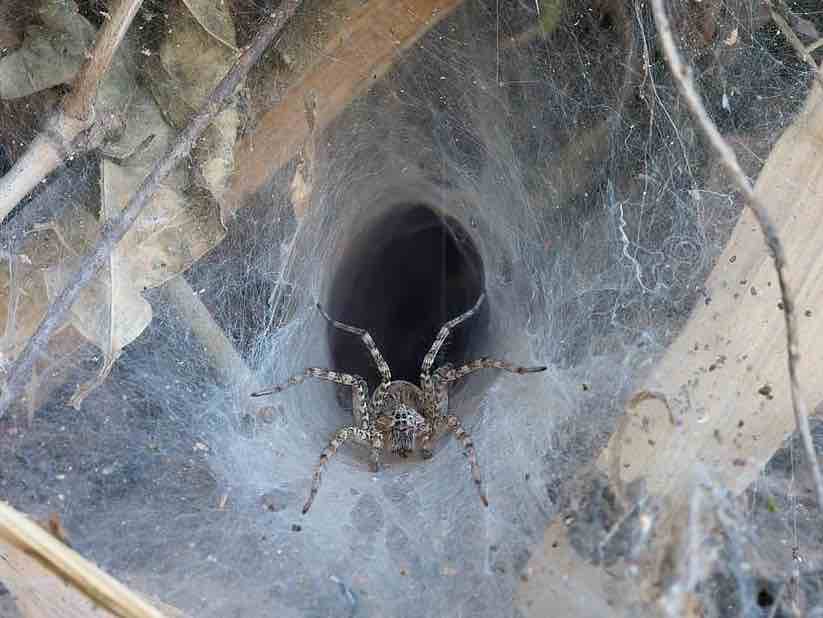
[In this image] A wolf spider in its nest.
Image source: school of bugs
6. Egg-sacs
When a spider mommy wants to keep her eggs safe and cozy, she weaves a special silk sac. This egg sac can be attached to a web or a nest, or even carried around by the spider herself.
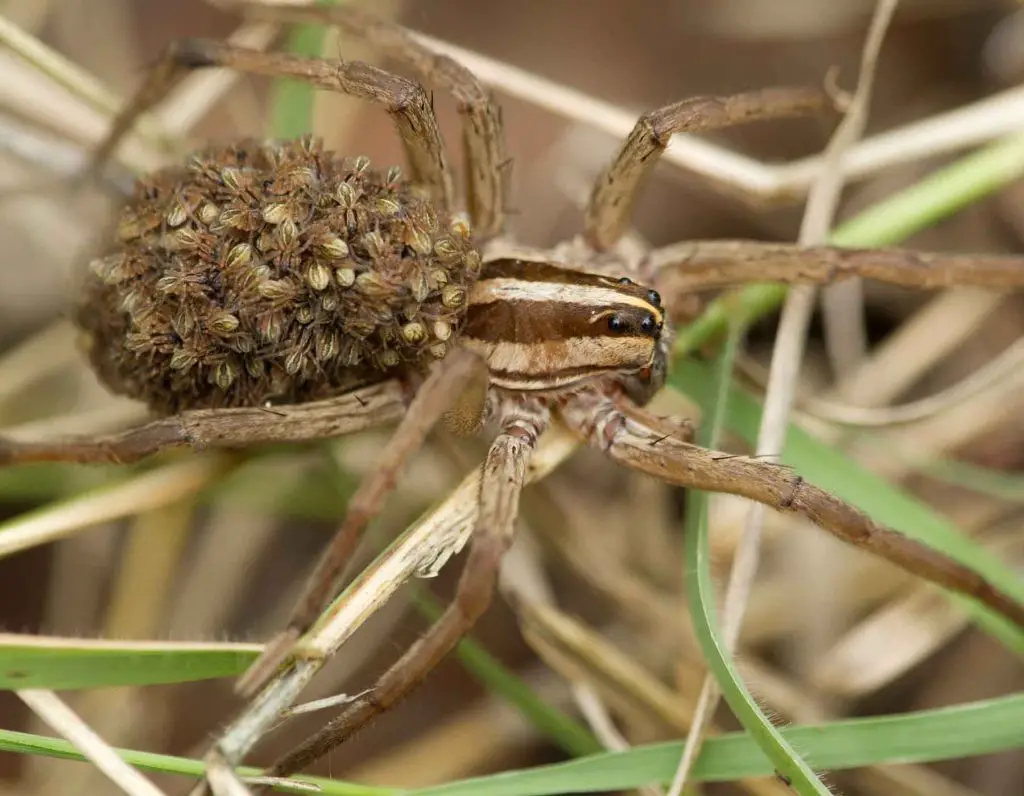
[In this image] Wolf spiders carry their egg sacs, and when they hatch, the spiderlings (baby spiders) sit on their mom’s back.
Image source: ATPMS
7. Mating
Male spiders spin sperm webs where they deposit and store sperm before transferring it to their front palps – small, leg-like appendages used to deliver the sperm to a female during mating. In some species, males even spin webs coated with sex pheromones to attract potential mates.
How to look at a spider web under a microscope
A step-by-step guid
Step 1: Find a spider web – Check basement corners for cobwebs, or look in gardens and woodlands for orb and sheet webs.
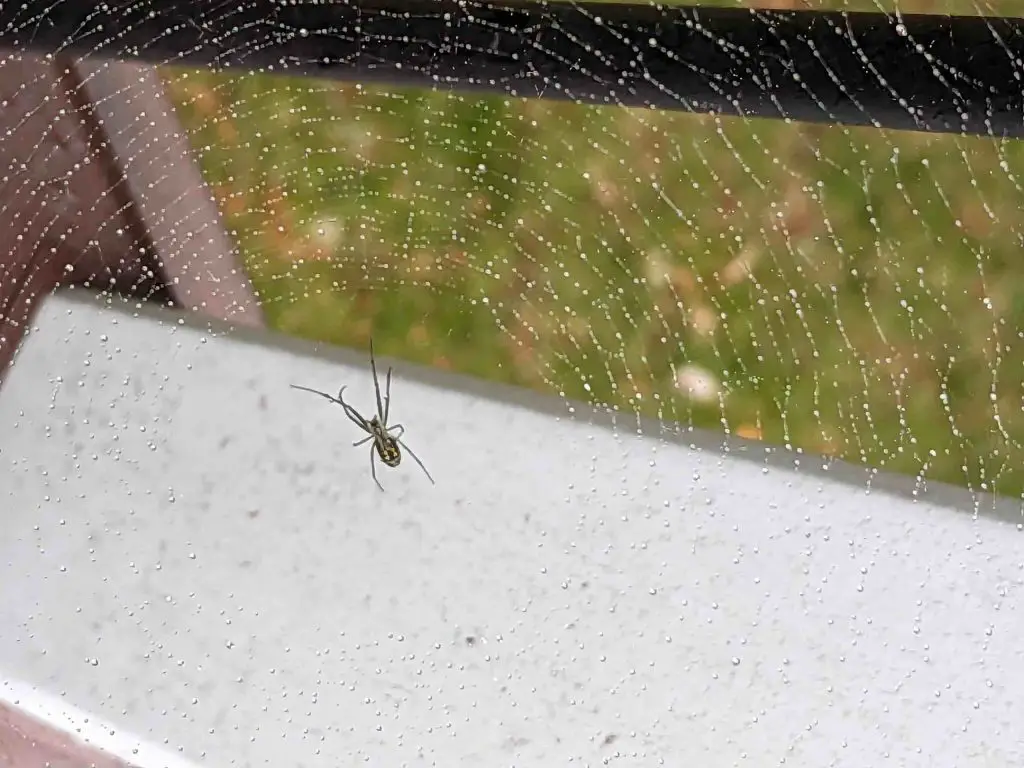
Step 2: Prepare a mounted slide – Apply a thin layer of mounting media or clear nail polish onto a microscopic slide. While this step is optional, it helps preserve the sample for longer. Just keep in mind, it may slightly deform the spider silk.
Step 3: Let it set – Allow the nail polish to dry for approximately one minute. The nail polish should be slightly sticky but not completely dry.
Step 4: Position the slide – Hold the slide by its edges with your thumb and index finger. Gently touch the spider web with the slide, allowing a portion of the web to stick.

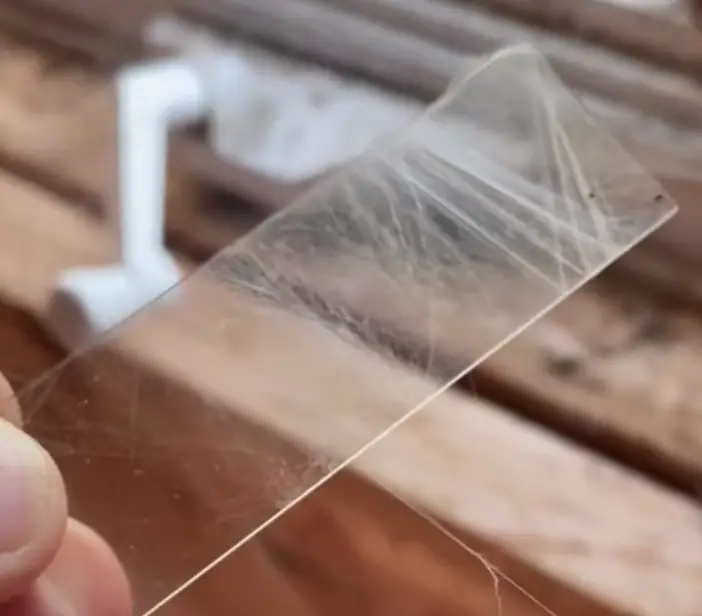
Step 5: Remove excess silk – Use tweezers to remove any excess spider web or separate dense silk.
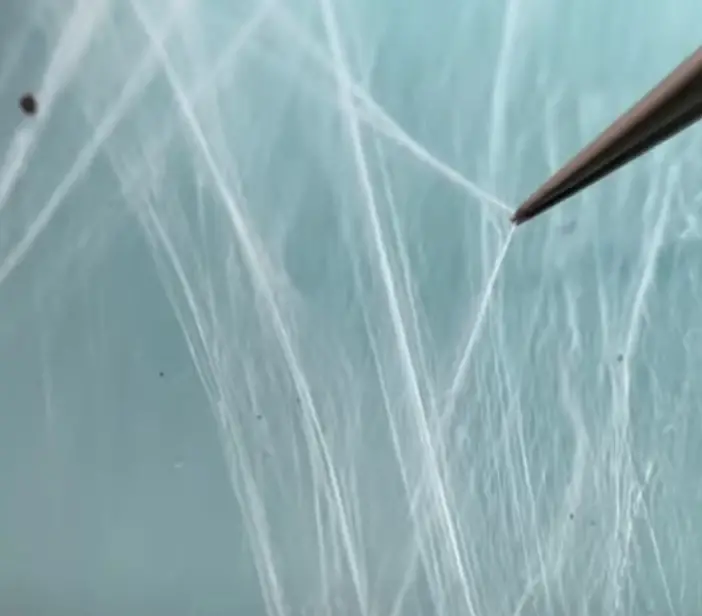
Step 6: Cover the specimen – Place a coverslip over the slide to complete the preparation.
Step 7: Observe the slide – Place the slide on the microscope for observation.

Step 8: Adjust magnification – View the spider silk at different magnifications for a closer look.
What will you see? Spider silk under a microscope
Spider silk is an incredibly strong and flexible material produced by spiders for various purposes, including constructing webs, wrapping prey, and more. Under a microscope, spider silk appears as a thin, translucent strand with a diameter of only 2-5 micrometers. A human hair is about 50 to 100 micrometers thick, so spider silk is 10 to 50 times thinner than a human hair.
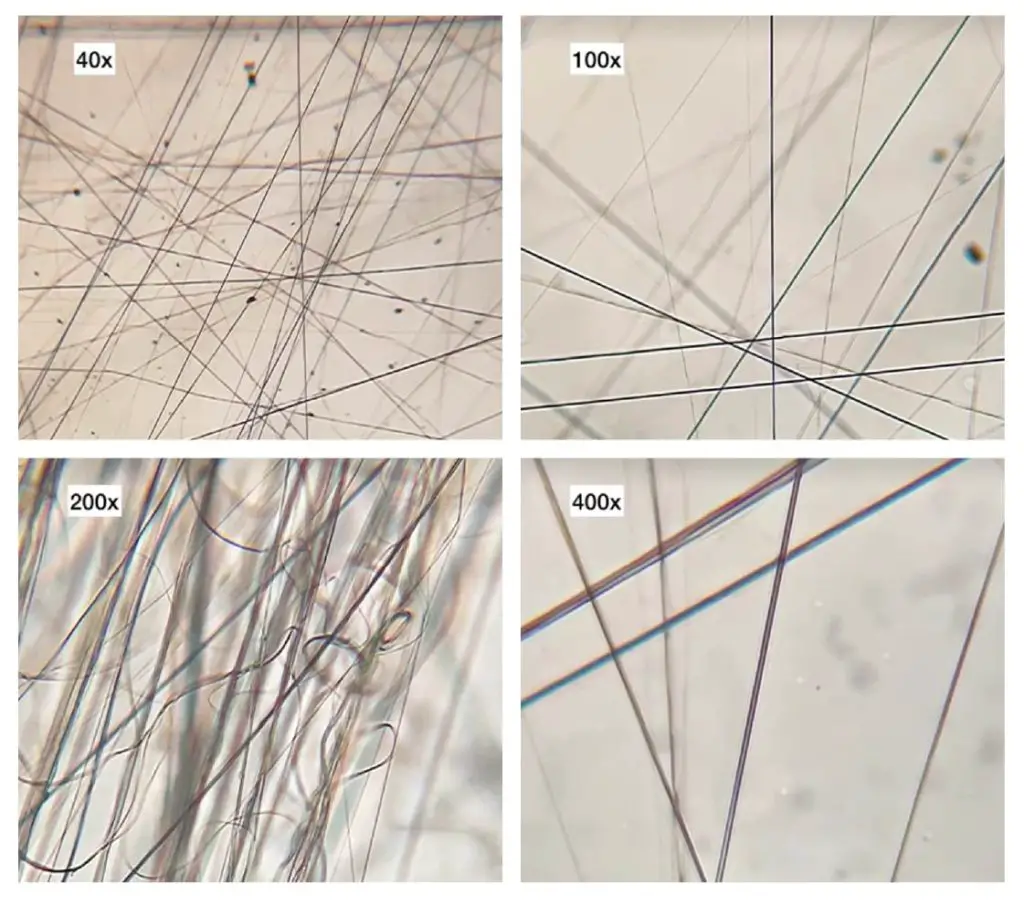
[In this figure] Spider silk under a light microscope reveals details across a range of magnifications, from 40x to 400x.
Spider silk can look different depending on its type. For example, dragline silk, the strongest and most common type of spider silk, has a smooth and glossy appearance. In contrast, capture silk, used in webs and traps, has a more irregular surface, with small bumps and ridges.
Spider silk under an electron microscope
Finally, let’s feast our eyes on some super cool scanning electron microscope (SEM) images that scientists create in their secret labs!
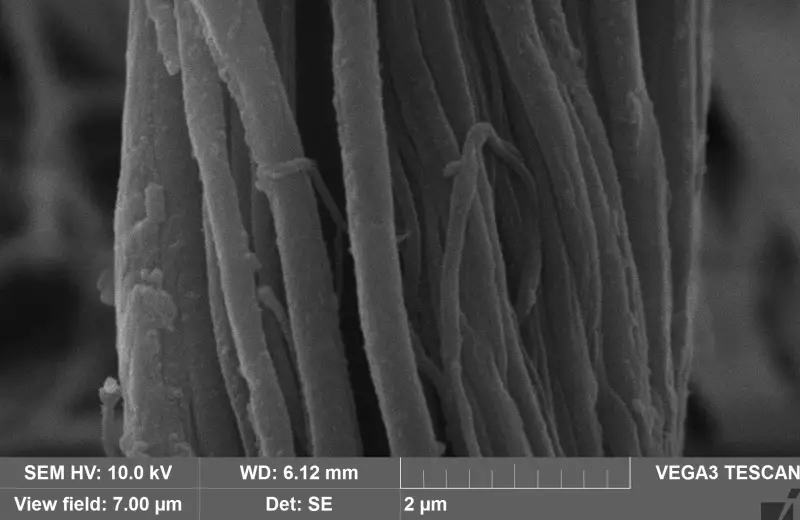
[In this image] The spider silk under a scanning electron microscope (SEM).
Image source: ITMO
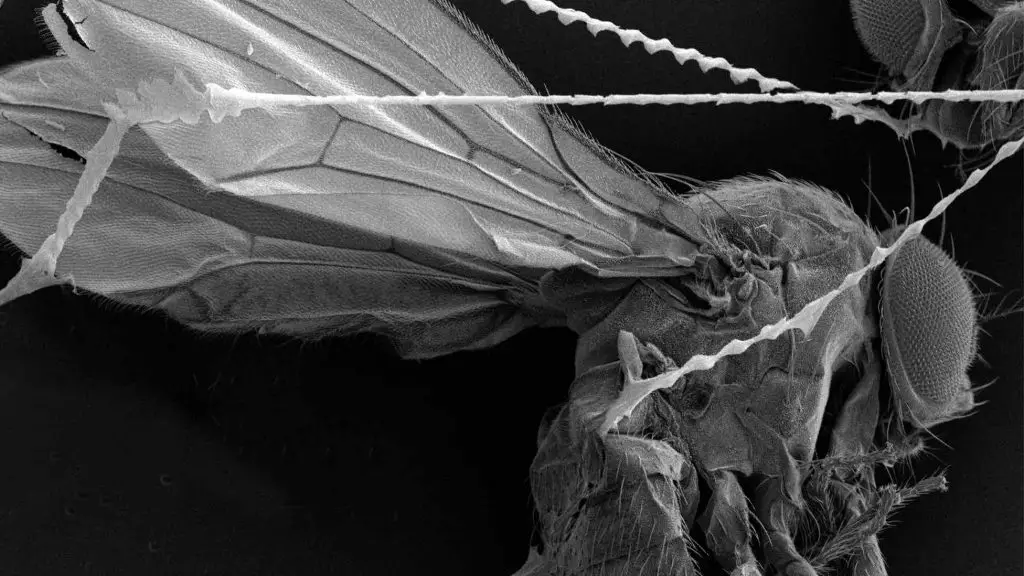
[In this image] SEM image showing a fly captured by the threads of the feather-legged lace weaver.
Image source: The Atlantic
How do spiders produce silk
Spiders make silk from special proteins that start off as a liquid inside their bodies. The liquid protein is pushed out of the spider’s body through spinnerets, which are small nozzles located near the end of the abdomen. Most spiders have two or three pairs of spinnerets, and each spinneret is made up of several spigots. Each spigot is connected to a silk gland inside the spider’s body and produces a single strand of silk.
The spinneret has strong muscles that can control its direction and push the liquid silk through narrow spigots. The pressure from the spinneret muscles and the spider’s legs causes the liquid silk molecules to change and form a solid, flexible thread of silk. The thickness and speed of the silk thread can be controlled by valves in the spigots.
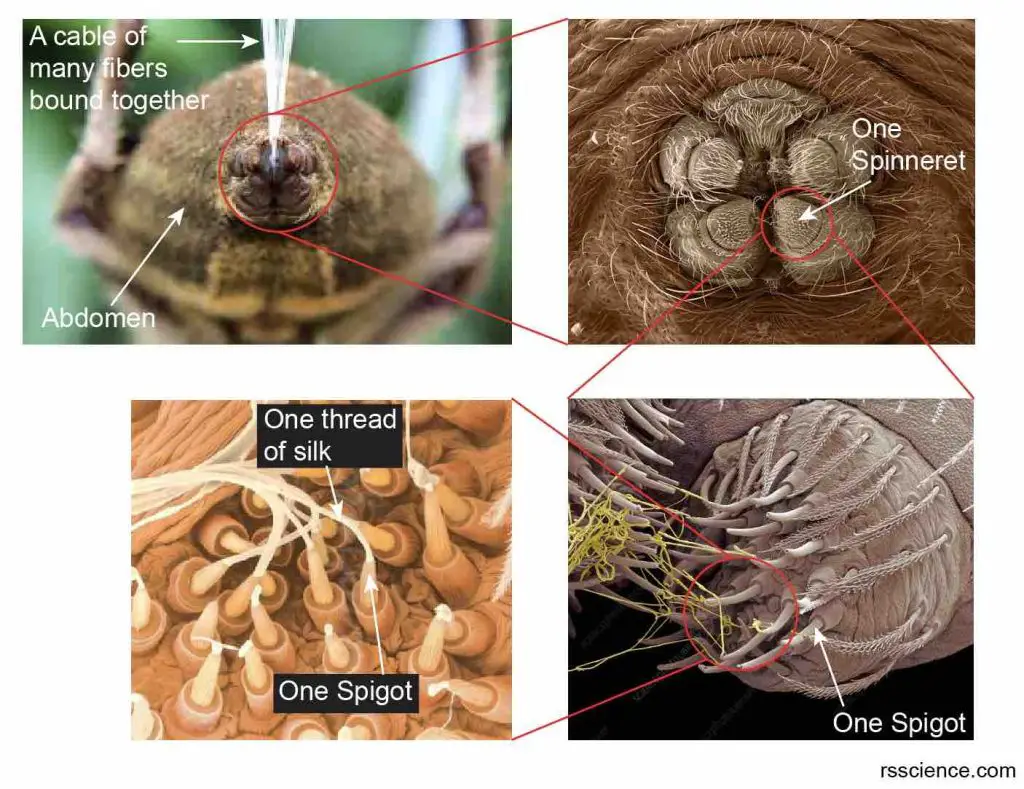
[In this image] Take a closer look at spinnerets.
Most spiders have four to six spinnerets, each tipped with tiny spigots that look like finger-like protrusions. These spigots are the silk extruders, working together to produce a silk cable composed of multiple fibers bound together. The diameter of each fiber is controlled by muscular valves, and the strength of the silk depends on how fast and tightly the spider pulls the threads as it spins.
Image source: modified from wiki, 3, 4.
Not all spiders spin webs
Examples of spiders that do not spin webs include:
- Jumping spiders – Jumping spiders are famous for their excellent vision and ability to jump several times their body length to catch prey. Instead of spinning webs for hunting, they use silk to create safety lines and shelters.
- Wolf spiders – Wolf spiders are active hunters that use their powerful jaws and agility to chase and catch their prey. Unlike many other spiders, they don’t rely on webs but instead hunt actively.
- Crab spiders – Crab spiders are masters of camouflage, blending in with flowers to patiently wait for prey. When an unsuspecting insect comes close, they strike with incredible speed.
- Fishing spiders – Fishing spiders, also called raft spiders, are capable of walking on water. Instead of spinning webs, they hunt aquatic insects and small creatures that live in or near the water..
- Tarantulas – Tarantulas are large, hairy spiders that do not spin webs. They are ambush predators that rely on their size and strength to capture prey.

Take-home messages
- Spiders are eight-legged creatures belonging to the Araneae order. They are not insects.
- Spiders are predators that feed on insects, other spiders, and even small animals like frogs and lizards.
- While the majority of spiders use venom to capture their prey, only a small number of spider species are dangerous to humans.
- Spiders produce silk from special proteins that start as a liquid inside their bodies. Silk is extruded through spinnerets located near the tip of the spider’s abdomen.
- Spiders have seven types of silk glands that produce different types of silk for specific purposes.

